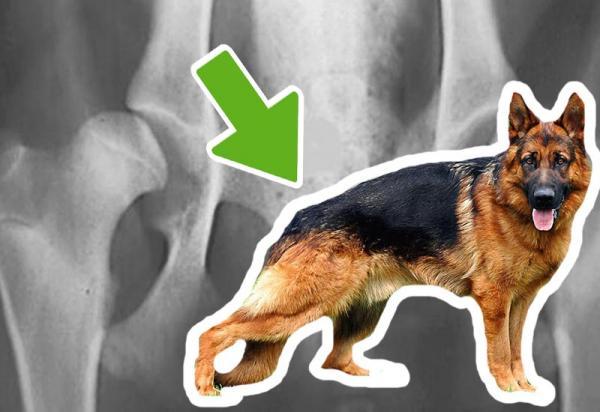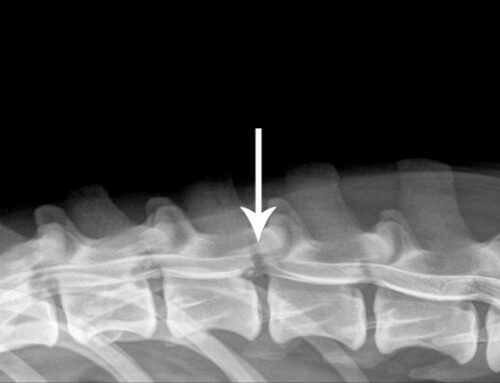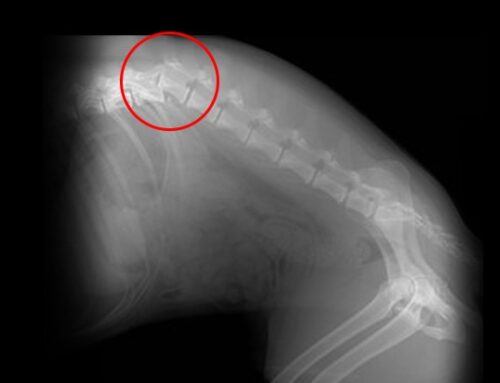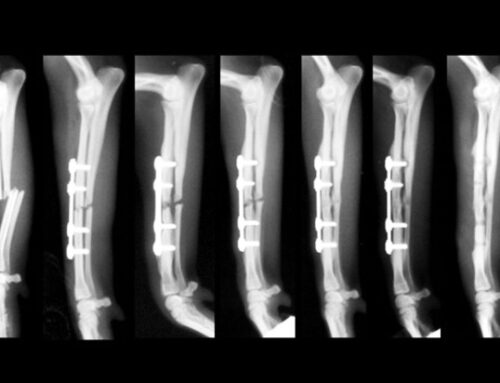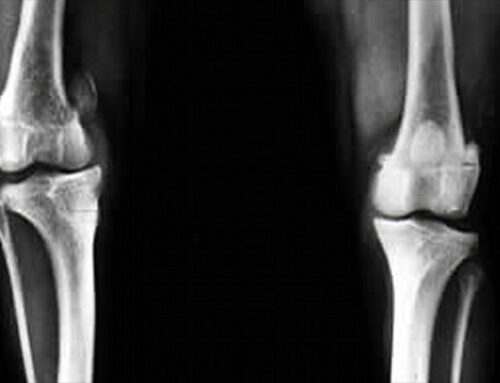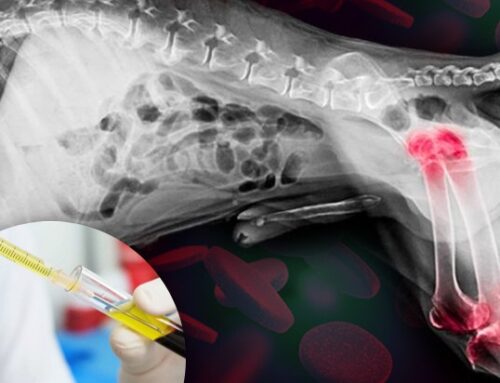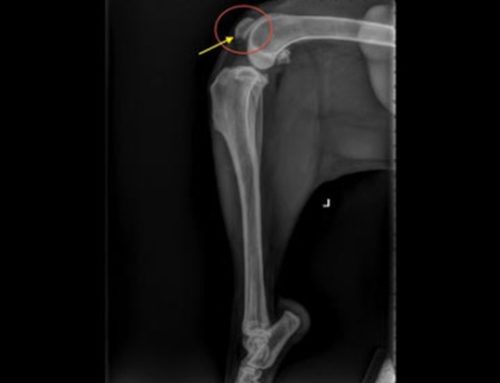Official dog x-rays are a mandatory medical test taken in order to obtain an official pedigree certificate.
X-rays are needed to avoid hip dysplasia for dogs destined to sport, work or certificate reproduction.
Diagnosis’ age for Official dog x-rays
The Orthopedic Veterinary will perform the exams at the end of development stage.
The minimum age for the official diagnosis is 12 months for all breeds, with the following exceptions:
. 15 months: Bernese Mountain Dog, Greater Swiss Mountain Dog, Briard, Rottweiler
. 18 months: Bullmastiff, Saint Bernard, Dogue de Bordeaux, Great Dane, Leonberger, Mastiff, Terranova
The minimum age for elbow dysplasia’s diagnosis is 12 months for every breed.
Is there a protocol to follow for Official dog x-rays?
The doctor must follow a rigid protocol when he performs the tests.
At first, he needs to confirm the identity of the dog together with his or her owner by signing official documents.
Then, said documents are taken to one of the two institutions for approval:
. CeLeMaSche (Centro di lettura patologie scheletriche genetiche e/o ereditate dal cane)
After being approved, the aforementioned pedigree is added to the dog’s documents.
Dog’s identification, microchips and pedigree
The dog’s identity microchip, written on its pedigree, must be the same as the one in the radiogram.
On the radiogram, the vet will also write the ID number of the dog.
Then proceeds to add the date and the symbols R and L (R for Right hip and L for Left hip).
The doctor will lightly sedate the dog and after a thorough evaluation, will procede with the exam.
The exam will be performed while the dog is in a dorsal decubitus position.
What will the Official dog x-rays show?
It’s mandatory that the x-rays show the extended limbs, parallel with the spine and towards the inside.
A perfect symmetry is also mandatory, with the superposition of the kneecaps on the femoral trochlea.
It’s a perfect symmetry if the wings and branches of the ilium are mirrored: that’s your proof of a perfect position.
And if it’s not possible to get a perfect symmetry?
Wrong positioning, may it be for non-symmetrical hips or eccesive rotation of the kneecaps, will compromise an apt reading.
If that is the case, the doctor can send to the main office two or more x-rays, with the best results obtained.
